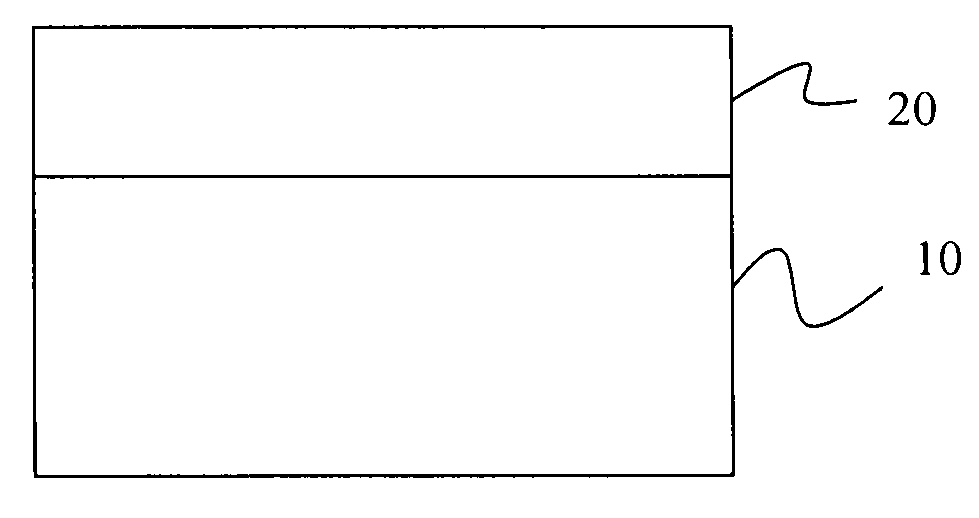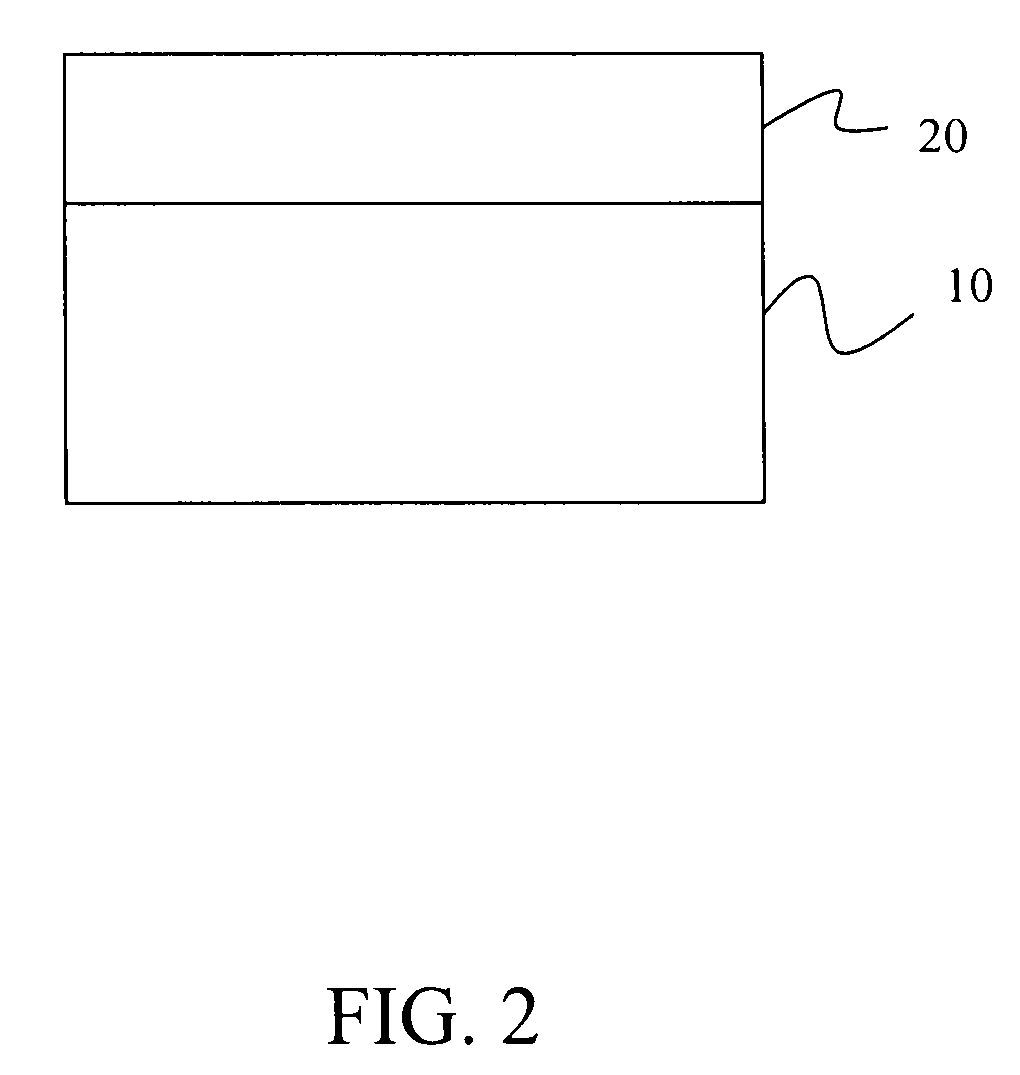Anti-reflective coating for photovoltaic glass panel
a technology of photovoltaic glass and anti-reflective coating, which is applied in the direction of coatings, optical elements, instruments, etc., can solve the problems of reducing the amount of incident light, the anti-reflective coating efficiency of the silica coating formed by liquid films containing tetraethyl orthosilicate, and the inability to show a consistent improvement in transmission, so as to improve the anti-reflective coating efficiency and light transmission through the substrate. ,
- Summary
- Abstract
- Description
- Claims
- Application Information
AI Technical Summary
Benefits of technology
Problems solved by technology
Method used
Image
Examples
examples
[0041]The following examples are intended to be illustrative of the method of the present invention. Other compounds to be used and methods will be recognized and appreciated by those of skill in the art.
[0042]Liquid compositions shown in Table 1 below were prepared by mixing together tetraethyl orthosilicate (TEOS), a solution of 30 g polyethylene glycol (PEG) in 100 ml water, a solution of 37 weight % HCl in water, n-butanol, and ethanol. The liquid compositions at room temperature were sprayed in air onto at least one surface of a glass sheet at room temperature, thereby forming a liquid film. The ethanol and n-butanol evaporated from the liquid film, thereby forming a solid film. The solid film was heated to 700° C. for 2 minutes to form a silica film. The anti-reflective coating efficiency, or light transmission of each silica / glass sheet structure compared with the light transmission of an uncoated reference glass sheet, is also reported in Table 1.
TABLE 1n-Time forTrans-buta-...
PUM
| Property | Measurement | Unit |
|---|---|---|
| temperature | aaaaa | aaaaa |
| temperature | aaaaa | aaaaa |
| volume % | aaaaa | aaaaa |
Abstract
Description
Claims
Application Information
 Login to View More
Login to View More - R&D
- Intellectual Property
- Life Sciences
- Materials
- Tech Scout
- Unparalleled Data Quality
- Higher Quality Content
- 60% Fewer Hallucinations
Browse by: Latest US Patents, China's latest patents, Technical Efficacy Thesaurus, Application Domain, Technology Topic, Popular Technical Reports.
© 2025 PatSnap. All rights reserved.Legal|Privacy policy|Modern Slavery Act Transparency Statement|Sitemap|About US| Contact US: help@patsnap.com



